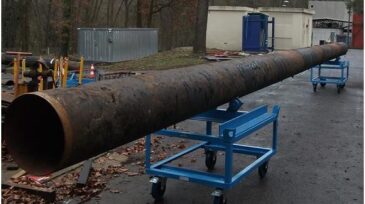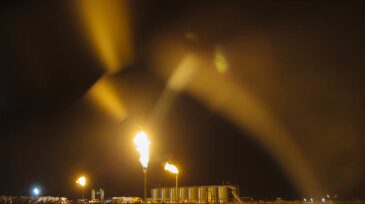natural gas
-
The value of natural gas flared by 80 different nations around the world has increased by 11% to hit a global peak this year of $16.4 billion, according to a new data analysis.
-
Fiber optics are considered one of the more promising direct leak-detection technologies. The fiber core normally used for telecommunication can be converted as a sensor using the principle of light backscattering within the fiber.
-
Texas regulators rejected a rare challenge to gas flaring in the state after an oil company argued that a flaring ban would force it to shut in wells, damaging the reservoir and reducing future oil production.
-
Local officials are calling on Massachusetts Gov. Charlie Baker to require studies of health and safety risks before approving new natural-gas infrastructure. In separate letters, boards of health representing 100 communities raise concerns about the state's reliance on natural gas as a fuel source.
-
With almost 10 Bcf/D of liquefaction capacity scheduled to go into service by 2025, a new report from Moody’s says that US LNG exports should help solidify a floor under natural gas prices as LNG markets see a shortfall in supply.
-
The state-owned firm is looking within its home country, around Southeast Asia, and to the Americas—including shale—in an effort to maintain its forecast average yearly production of 1.7 million BOE/D over the next 5 years.
-
North Dakota oil drillers are falling far short of the state’s goals to limit the burning of excess natural gas at wellheads, 5 years after the state adopted the rules to reduce the wasteful and environmentally harmful practice.
-
The second round will offer 19 offshore blocks clustered in five zones to continue natural gas development in the eastern Mediterranean’s Levant Basin.
-
While much progress has been made to reduce flaring, associated gas continues to be flared at thousands of oil production sites around the world. A further reduction may be achieved through a market-oriented approach to commercialization
-
Natural gas prices have risen in the US but not in west Texas. The contrast is a sign of the growing pains that come with explosive growth changing this increasingly competitive market.










